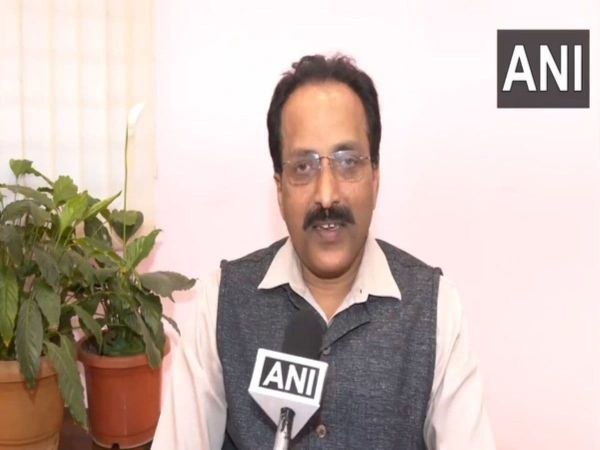
Kozhikode: From carrying rocket parts on bicycles and satellites on bullock carts in the 1970s, India has become one of the world leaders in the space sector through its successful Mars orbiter and Chandrayaan missions, which have also made several world records, ISRO chairman V Narayanan said here on Saturday.
Speaking at the 27th convocation of the Indian Institutes of Management (IIM) – Kozhikode, Narayanan said the country has come a long way from when it launched its first satellite – Aryabhata — on a Soviet rocket.
Now India has 131 satellites in orbit, has launched 433 satellites for 34 countries and successfully completed its 100th launch on January 29 this year, he said.
Besides that, India was the first country to discover water molecules on the Moon through its Chandrayaan-1 mission and the first to land on its south pole through the Chandrayaan-3 mission, placing it among the leaders in the space sector, the chairman of the Indian Space Research Organisation (ISRO) said.
“India is the first and only country to successfully complete the Mars orbiter mission in the first attempt,” he added.
Giving a brief insight into India’s journey in the field of space, Narayanan said that the country was 60 to 70 years behind when it began its space programme.
“Then in the 90s we were denied the cryogenic engine technology and were humiliated over it. Today India has made three cryogenic engines and has become one of the six countries in the world to do so,” he said.
It also set three world records in connection with the cryogenic engine, he said.
Narayanan said that usually countries develop 9-10 cryogenic engines, then take a minimum of 42 months from engine testing to flight and the rocket propulsion system testing also takes a minimum of five months.
India completed the engine testing to flight stage in 28 months, with three cryogenic engines and tested the rocket propulsion system in 34 days — all three of which are world records, he said.
India is also one among four counties in the world to have a satellite studying the Sun and will be carrying out the Chandrayaan-5 mission in collaboration with Japan, he added.
“So, we have come a long way from the era of bicycles and bullock carts carrying rockets and satellites,” he said.